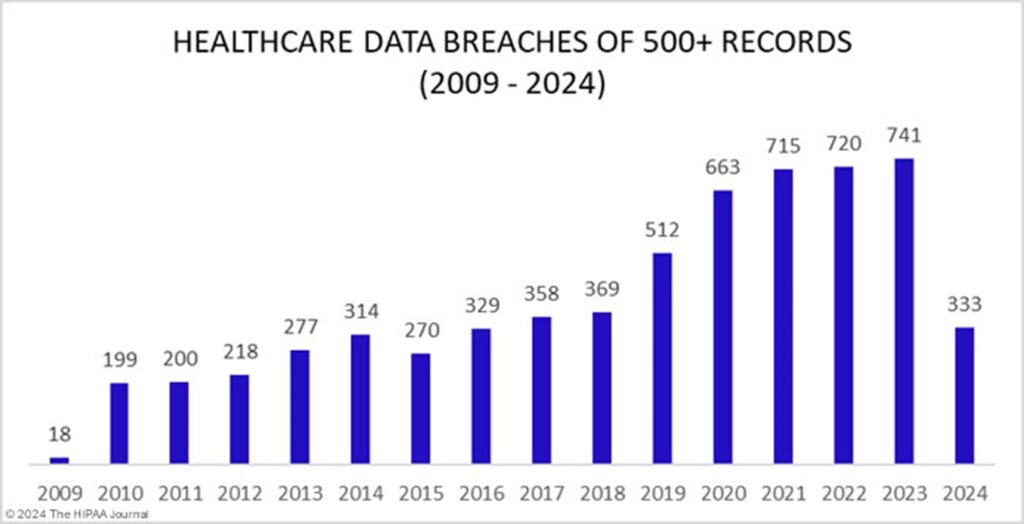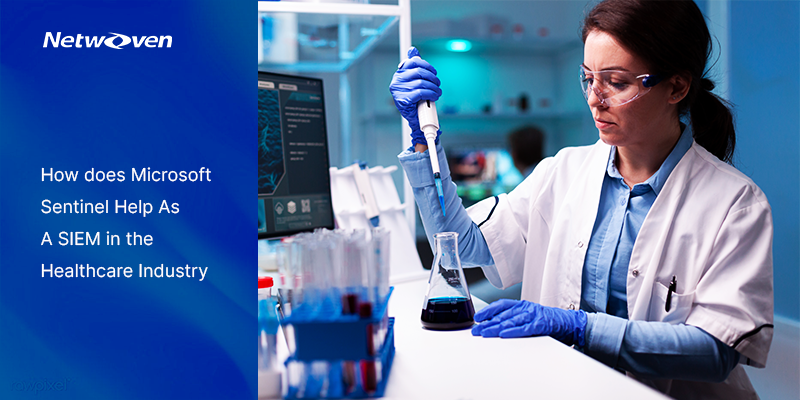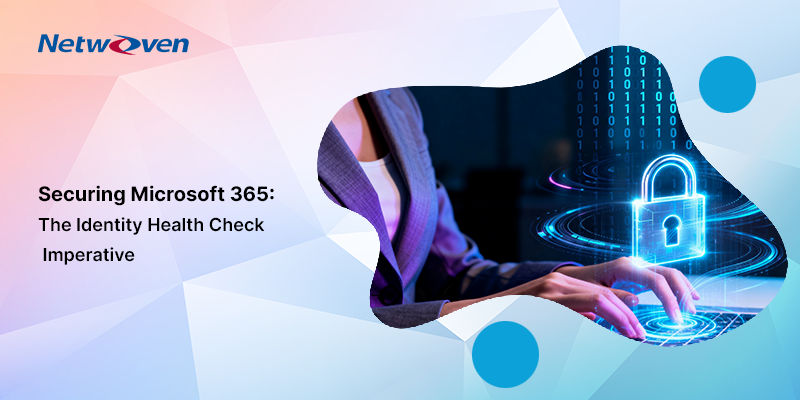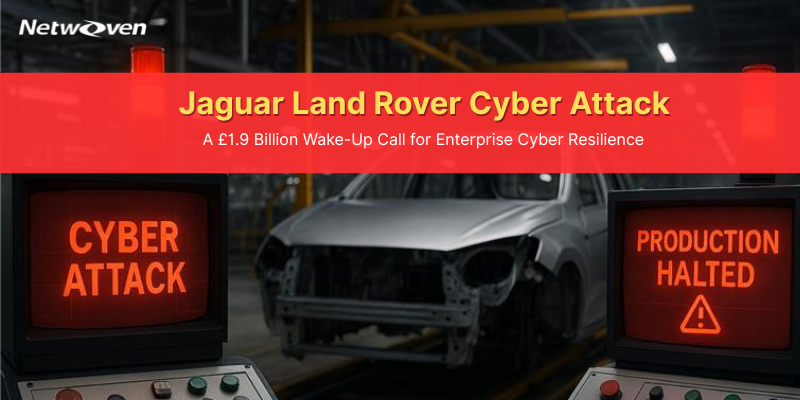Introduction
This article navigates through the challenges of cybersecurity faced by the healthcare industry, touches upon the need for a holistic solution, and quickly focuses on SIEM as a fundamental component for threat identification and protection. It then evaluates the suitability of Microsoft Sentinel as the key component in the overall SOC of healthcare organizations.
Give it a quick read.
Why is cyber security especially important in the healthcare industry?
Over the past 30 years, the expansive integration of new technology in healthcare has changed the face of medicine. The whole sector including medical industry and biotechnology organizations, insurers, healthcare providers, pharmaceutical, and medical device manufacturers is rapidly transforming the way it works.
With the integration of wireless, Internet, and network-connected capabilities, the electronic exchange of medical device-related health information has become part of the medical care delivery system. Remote diagnostics, treatment, and monitoring are now common in healthcare. Clinicians are increasingly using artificial intelligence (AI) to prevent, treat, and diagnose diseases.
It can easily be seen that such advancements require ever increasing connectivity and automation, and therefore it comes with its own challenge of cybersecurity because of the darknet.
The cybersecurity risks may be summarized as follows:
- Enormous amount of personally identifiable information, medical records, and the billing details of their patients.
- Increasing number of IoMT (or Internet of Medical Things) devices adding a lot of extra endpoints onto the network, each with their own unique structures and vulnerabilities
- Reliance on legacy technology on standard medical devices exposes a wide and highly varied attack surface
- While there can be several types of Insider Threats e.g., Malicious insiders\Negligent Workers\Compromised Insiders\Privileged Insiders\Inside agents\Third parties etc., it is noted by Ponemon’s 2020 Insider Threats Report that 61% of data breaches involving an insider are primarily unintentional, caused by negligent insiders. The risk factors that need to be covered are Mismanaged access\Shadow IT\Bring Your Own Device (BYOD) etc.
It is worth noting what the U.S. Department of Health and Human Services (HHS) said in their recent report about the cybersecurity threats in the healthcare industry.
“The healthcare sector is particularly vulnerable to cybersecurity risks and the stakes for patient care and safety are particularly high. Healthcare facilities are attractive targets for cyber criminals in light of their size, technological dependence, sensitive data, and unique vulnerability to disruptions. And cyber incidents in healthcare are on the rise. Cyber incidents affecting hospitals and health systems have led to extended care disruptions caused by multi-week outages; patient diversion to other facilities; and strain on acute care provisioning and capacity, causing cancelled medical appointments, non-rendered services, and delayed medical procedures (particularly elective procedures). More importantly, they put patients’ safety at risk and impact local and surrounding communities that depend on the availability of the local emergency department, radiology unit, or cancer centre for life-saving care.”
This is substantiated by the stats published in The HIPPA Journal clearly marking the rising trend of the threats.

Read to know more about why “Cybersecurity needs to be at the heart of healthcare sector’s transformation”
What are the top cybersecurity concerns for healthcare organizations?
Cybersecurity in the healthcare industry is particularly prone to the following threats:
1. Ransomware
In 2024, 67% of healthcare organizations reported being hit by ransomware, up from 60% in 2023, according to Sophos.
2. Data breaches
As of 2024, the global average cost of recovering from a data breach has reached $4.88 million, which is a 10% increase from the previous year. This rise reflects the growing complexity and impact of data breaches on organizations.
3. Inadequate security professionals
The organizations are feeling pressure due to staff shortage.
The cybersecurity workforce gap in the U.S. healthcare sector is part of a broader shortage of 3.4 million cybersecurity jobs globally.
How does a SIEM help?
Digital estates in healthcare continue to grow in all directions. There are more devices, solutions are migrating to the cloud in droves, and the workforce and endpoints are becoming more distributed than ever. Competing with it, ransomware attacks are evolving, and given the human resource and budget constraints, the industry is struggling to secure their digital estates in the backdrop of stricter regulations every day.
SIEM technology has always been an essential part of cybersecurity strategy for most organizations, including those in the healthcare sector. It’s a tool that offers an intelligent, comprehensive solution for cyberthreat detection, investigation, response, and proactive hunting.
Where are traditional SIEM solutions falling short?
- Attack surface is expanding due to growing digital estates and hybrid work.
- Rapid acceleration and increasing sophistication of cybercrime.
- Rising costs of silos, licenses, and staff.
- Complex set-up and maintenance of on-premises infrastructure.
These days, to make sure that businesses remain secure, it is time to consider replacing traditional point solutions with a consolidated Security Operations (SecOps) one.
What is Microsoft Sentinel?
Microsoft says that its flagship product Sentinel is “a cloud-native SIEM solution powered by AI, automation, and Microsoft’s deep understanding of the threat landscape, empowering defenders to hunt and resolve critical threats quickly and efficiently. The unified security information and event management (SIEM), security orchestration, automation, and response (SOAR), user and entity behavior analytics (UEBA), and threat intelligence (TI) solution is built to support modern security operations, in a simplified, scalable, and accelerated manner, optimized for the customers unique environment.”
So much so, that Gartner has recognized Microsoft as a Leader in the 2022 Magic Quadrant™ for Security Information and Event Management.
What are the key benefits of Microsoft Sentinel?
With Sentinel’s expansive coverage, customers can secure their hybrid, multi-cloud environments with increased flexibility to uniquely address their business needs. It allows the IT team to stay ahead of evolving attacks with a unified set of tools to detect, investigate and respond to incidents. It supercharges the SOC with advanced AI, world-class security expertise, and comprehensive threat intelligence.
Protect your digital estate
Secure more with scalable, integrated coverage for a hybrid, multi-cloud, multiplatform business
- Get wide platform coverage with a codeless connector platform, 225 out-of-the-box integrations, and business applications, threat detection, investigation, and response for SAP, Dynamics, and more.
- Deepen security content by integrating security logs or tools into many systems, and a content hub with connectors, dashboards, detection rules, playbooks, and hunting queries.
- Scale data collection and search
Level up with Microsoft Intelligence
Power your SecOps team with advanced AI, world-class security expertise, and comprehensive threat intelligence.
- Take advantage of comprehensive threat intelligence from Microsoft
- Create an AI-assisted self-optimizing SOC with automatic correlation of alerts and broadly trained AI.
- Operationalize TI across Sentinel, manage and use TI at scale.
- Enrich incidents to understand the real risks associated with domains, IP addresses, URLs, and files.
Detect, investigate, and respond effectively
Stay ahead of evolving attacks with a unified set of tools to monitor, manage, and respond to incidents.
- Get advanced detection with built-in UEBA for fast identification of anomalous user behavior.
- Integrate incident management and response with built-in case management and many automation options.
- Hunt and investigate across data with search options, enrichments everywhere, and playbooks.
Lower your total cost of ownership
Get started more quickly while reducing infrastructure and maintenance with a cloud native SaaS solution.
- Customers who moved to Sentinel from an on-prem solution were able to cut costs by 48% and reduce management efforts by 56%.
- Spend less time integrating various security tools with a unified sec ops platform and out-of-the-box integrations into M365 Defender.
Migrate your SIEM to Sentinel Free 1- Hour Workshop
In the end, there is also a different kind of business challenge. No doubt that the security of the network is of utmost importance, but it’s equally important to respect the privacy of the patient’s information and to share it most securely. Balancing these two can be a challenge and the solution must be able to maintain the trust of the patients and comply with regulations like HIPAA.
People have proposed the use of pseudonymization techniques. This aims to replace sensitive data with pseudonyms, masking the exposure of sensitive data to enable the SIEM to monitor the network effectively without compromising patient privacy.
The other part is to implement strict access controls to ensure that no unauthorized access can be made to the SIEM system.
Microsoft Sentinel along with some other components (Unified SIEM, SOAR, UEBA & TI platform) can prove to be very effective in establishing the SOC for an organization to achieve all these. Contact us for more details and we will be happy to assist!























